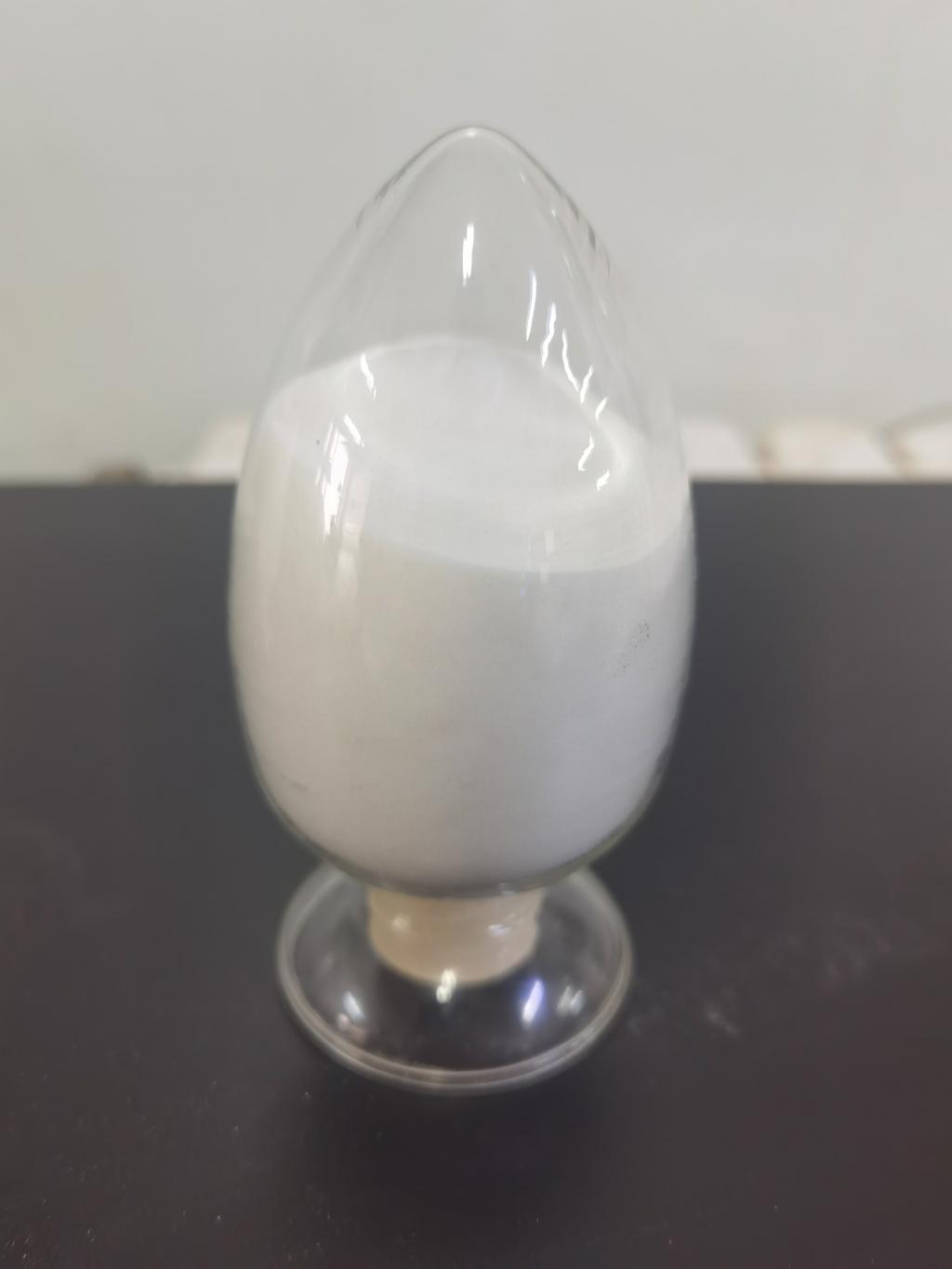Tel:+8618231198596

News
 CONTACT
CONTACT
 CONTACT
CONTACT
- Linkman:Linda Yao
- Tel: +8618231198596
- Email:linda.yao@dcpharma.cn
- Linkman:CHARLES.WANG
- Department:Overseas
- Tel: 0086 0311-85537378 0086 0311-85539701
News
Current Position:
Home >
News
>Precision Cosmetics: The Use of ε-Polylysine Hydrochloride in Microbial Control
Precision Cosmetics: The Use of ε-Polylysine Hydrochloride in Microbial Control
TIME:2024-02-27
Introduction:
Cosmetic products, ranging from skincare to makeup, are an integral part of daily personal care routines. However, microbial contamination poses a significant challenge to the safety and shelf life of these products. This article aims to explore the use of ε-polylysine hydrochloride in precision cosmetics, highlighting its antimicrobial properties and its potential to revolutionize microbial control in cosmetic formulations.
Understanding ε-Polylysine Hydrochloride:
Derived from Streptomyces albulus, ε-polylysine hydrochloride is a natural antimicrobial peptide with a polymeric structure composed of lysine units. Its broad-spectrum antimicrobial activity against bacteria, fungi, and some viruses makes it an attractive option for microbial control in cosmetic formulations.
Antimicrobial Properties and Mechanisms of Action:
The antimicrobial efficacy of ε-polylysine hydrochloride is attributed to its ability to disrupt microbial cell membranes, preventing the growth and proliferation of various microorganisms. Unlike traditional preservatives, ε-polylysine hydrochloride offers a unique mechanism of action that reduces the likelihood of resistance development.
Precision Cosmetics: Addressing Microbial Contamination:
Cosmetic formulations, particularly those with water-based components, are susceptible to microbial contamination during manufacturing, storage, and usage. Precision cosmetics involve targeted approaches to formulation and preservation, and ε-polylysine hydrochloride emerges as a key player in addressing microbial contamination challenges.
Applications in Cosmetic Formulations:
The incorporation of ε-polylysine hydrochloride in cosmetic formulations offers a natural and effective solution for microbial control. It can be used in a variety of products, including creams, lotions, serums, and even water-based makeup formulations. The controlled release of ε-polylysine hydrochloride ensures sustained antimicrobial activity, enhancing product safety and shelf life.
Preservation of Water-Based Cosmetics:
Water-based cosmetics, such as foundations and liquid eyeliners, are particularly prone to microbial growth. Traditional preservatives may have limitations, and the use of ε-polylysine hydrochloride presents an alternative approach. Its antimicrobial properties provide targeted protection, allowing for the formulation of water-based cosmetics with reduced reliance on synthetic preservatives.
Compatibility and Stability:
One of the challenges in cosmetic formulations is ensuring that antimicrobial agents are compatible with other ingredients and do not compromise the stability or sensory attributes of the products. Research on the compatibility and stability of ε-polylysine hydrochloride in various cosmetic formulations is ongoing to optimize its use without compromising product quality.
Sustainable and Clean Beauty:
The demand for sustainable and clean beauty products is on the rise. ε-Polylysine hydrochloride aligns with these consumer preferences as a natural and biodegradable antimicrobial agent. Its incorporation into cosmetic formulations supports the industry's shift towards more sustainable and environmentally friendly practices.
Challenges and Considerations:
While ε-polylysine hydrochloride shows promise in precision cosmetics, challenges such as regulatory approvals, formulation optimization, and consumer acceptance need to be addressed. Collaborative efforts between cosmetic scientists, regulatory bodies, and manufacturers are essential to navigate these challenges and ensure the successful integration of ε-polylysine hydrochloride into cosmetic products.
Future Prospects and Implications:
The use of ε-polylysine hydrochloride in precision cosmetics opens new possibilities for formulators to create safer and more effective products. Future research may explore additional applications, such as its use in natural and organic cosmetic formulations, as well as its potential synergies with other antimicrobial and skincare ingredients.
Conclusion:
Precision cosmetics, with the incorporation of ε-polylysine hydrochloride, represent a transformative approach to microbial control in the cosmetic industry. The antimicrobial properties of ε-polylysine hydrochloride offer a natural and targeted solution to microbial contamination challenges, aligning with the growing demand for safer, sustainable, and clean beauty products. Continued research, innovation, and collaboration will be pivotal in unlocking the full potential of ε-polylysine hydrochloride for precision cosmetics and ensuring the safety and quality of cosmetic formulations in the years to come.
- Tel:+8618231198596
- Whatsapp:18231198596
- Chat With Skype







